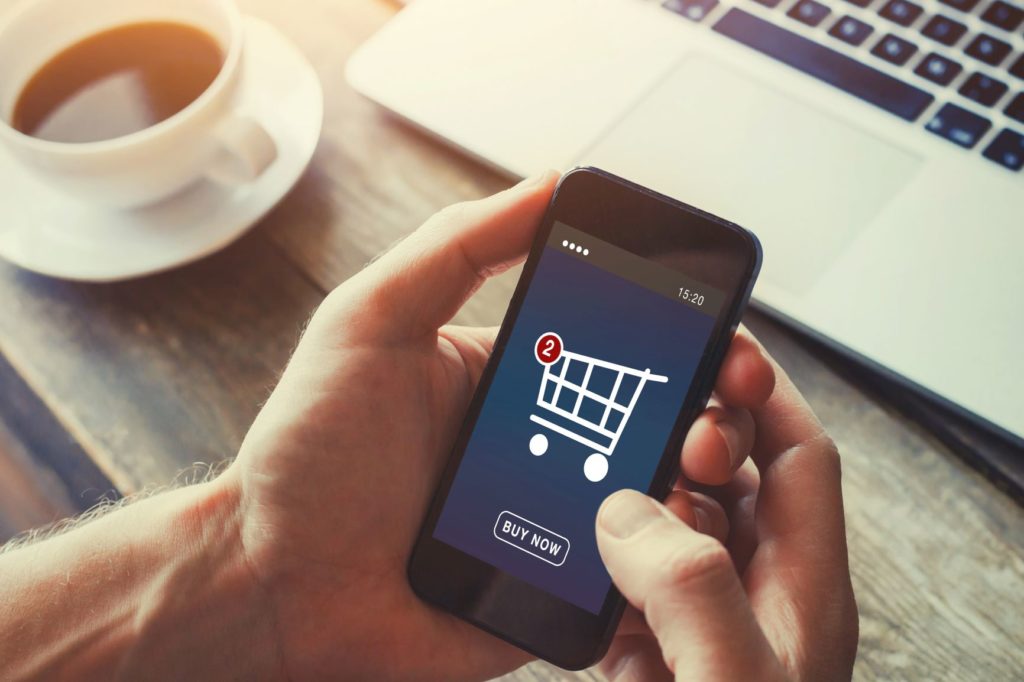
Content marketing in healthcare has changed quite a bit as the world rapidly adjusts to upcoming technologies and all that it has to offer. While digital journals in healthcare aren’t exactly a new concept, they are quickly becoming the expectation when it comes to publishing relevant information in the world of healthcare.
Digital health is quickly becoming the new norm, especially in the wake of the COVID-19 pandemic. This term refers to the practice of using various technologies to provide data access to everyone in the healthcare industry – patients included. The end goal of digital health is to foster an equal patient-doctor relationship.
With digital health on the uprise, does that mean that print media in the industry is on the way out?
Is Print Media Dead in the Water?
Is print media dead in the world of healthcare? Absolutely not – but it has its time and place. In the healthcare field, medical professionals must be able to find information in a moment’s notice, and nothing makes that easier than digital journals. They are also an excellent resource for medical teams to share with their patients when they need answers to their questions.
Here’s the thing – print media is still a relevant option when it comes to healthcare marketing tools. In fact, a study by MarketingProfs showed that print ads were not only easier to digest by the public, but that consumers trusted print ads 34% more than search engine ads – something worth noting when considering digital advertising in healthcare.
However, when it comes to creating and sharing relevant information amongst professionals and patients alike, digital media is the way to go. It is the most natural solution as far as digital health is concerned. Digital journals in healthcare give instant access to doctors, marketers, patients, and the general public when it comes to sharing relevant updates in the world of healthcare.
Not only that, but it’s the perfect solution for medical facilities that are turning their focus to sanitary marketing. Again, sanitary marketing isn’t a new concept; however, in light of the current pandemic, it’s never made more sense. The concept, in a nutshell, is the safe delivery of marketing communications and the sharing of information in a way that informs without manipulating.
Since more people are now restricted from in-house visits with their physicians and rely heavily on telehealth, it makes sense to have digital journals available. This allows healthcare professionals to share the materials with those who ask for more information or better references. It also helps medical facilities move away from unsanitary marketing practices that leave consumers with more questions than answers.
Why Digital Journals in Healthcare Make Sense
Now, when we talk about digital journals in healthcare, we are talking about the genre as a whole. When most people think medical journals, they often think of the big wigs, including:
- The Lancet
- New England Journal of Medicine (NEJM)
- Journal of American Medical Association
These journals have a heavy focus on studies of various practices and theories. What they can lack, however, is the simplicity in language that is required for the general public. The good news is that there are dozens of other reputable digital journals available for the public, including:
- Repertoire
- The Journal of Healthcare Contracting
- Frontiers
- National Center for Biotechnology Information (NCBI) and more
The goals of these digital journals are to keep the public informed of the goings-on in the healthcare industry – an industry that can get extremely complicated, very quickly. They break down the complicated jargon and turn the content into something that is not only easily sharable but much easier for the average reader to understand.
Using Digital Journals to Foster Relationships Between Professionals and the Public
Now, the general public is very unlikely to head to Google and start searching for digital journals to help them with a medical problem. Instead, they’ll likely talk with their doctor and ask them for more information. The medical team will then provide them with relevant sources to help guide them on their search.
While digital journals can be very technical in nature, they are still an excellent source of content when optimized correctly. Remember, the goal of these journals is to foster positive relationships between medical teams and their audience. So, that means these journals need to be answering essential questions that patients are likely to ask and use both a language and tone that are easily understandable to those who will be reading them.
Translating the complicated jargon used throughout the healthcare industry can be challenging for some, which is why it’s crucial to have the right team on your side to help you break it all down into something that can be shared with your audience.
Share Moving Media Can Help
Here at Share Moving Media, we understand that creating the right content for your audience can be somewhat challenging. Our team of trained professionals has the knowledge to help you create amazing content to help your business reach its goals.
Curious how we can help you create outstanding content? Then contact us today to learn more!



